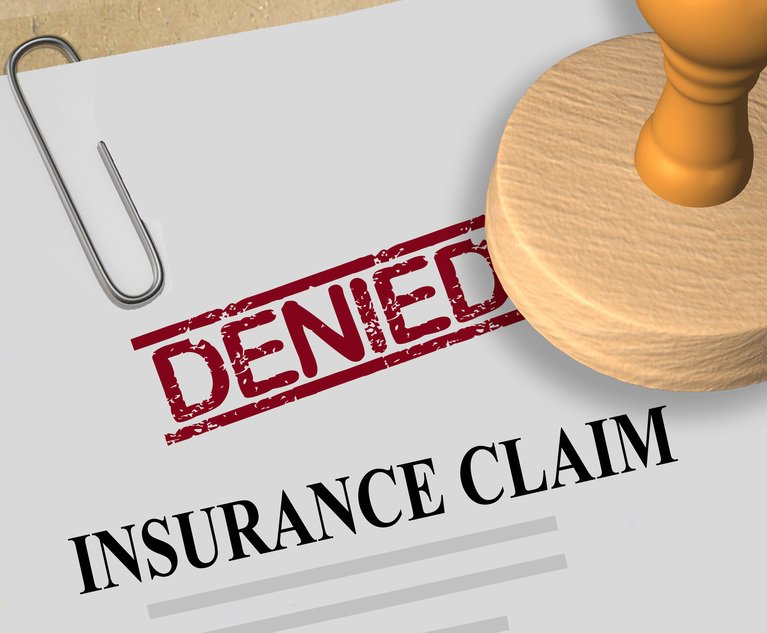 Westfield Insurance paid the policyholder $300,000 in uninsured motorist coverage and $300,000 in underinsured motorist coverage under aWVH&P policy. However, according to the court, the alleged damages were estimated in excess of $5 million. Credit: Alon Harel/Adobe Stock
Westfield Insurance paid the policyholder $300,000 in uninsured motorist coverage and $300,000 in underinsured motorist coverage under aWVH&P policy. However, according to the court, the alleged damages were estimated in excess of $5 million. Credit: Alon Harel/Adobe Stock
A federal judge in West Virginia sided with an insurance company, finding it wasn't required to cover a man who was severely injured after he was struck by a vehicle in the process of helping an unconscious motorist.
Recommended For You
Want to continue reading?
Become a Free PropertyCasualty360 Digital Reader
Your access to unlimited PropertyCasualty360 content isn’t changing.
Once you are an ALM digital member, you’ll receive:
- Breaking insurance news and analysis, on-site and via our newsletters and custom alerts
- Weekly Insurance Speak podcast featuring exclusive interviews with industry leaders
- Educational webcasts, white papers, and ebooks from industry thought leaders
- Critical converage of the employee benefits and financial advisory markets on our other ALM sites, BenefitsPRO and ThinkAdvisor
Already have an account? Sign In Now
© 2025 ALM Global, LLC, All Rights Reserved. Request academic re-use from www.copyright.com. All other uses, submit a request to [email protected]. For more information visit Asset & Logo Licensing.








